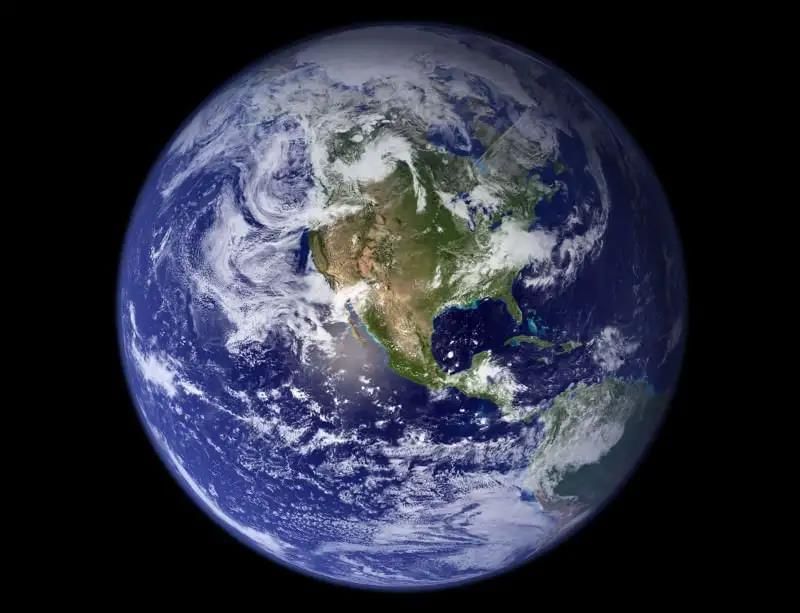Worksheet: Our Home: Earth, a Unique Life Sustaining Planet | Worksheets with Solutions for Class 8 PDF Download
| Table of contents |

|
| Multiple Choice Questions (MCQs) |

|
| Fill in the Blanks |

|
| Very Short Answer Questions |

|
| Short Answer Questions |

|
| Match the Following |

|
Multiple Choice Questions (MCQs)
Instruction: Select the correct option for each question.
Q1. If Earth had never known life, which change in its atmosphere would most likely be true?
a) High oxygen from photosynthesis
b) Thick ozone layer formed naturally without oxygen
c) Very low oxygen and no biologically produced ozone
d) Same composition as today
Q2. Which surface feature would most likely be less abundant without life-driven soil formation?
a) Thick, organic-rich soils
b) Basaltic rocks
c) Impact craters
d) Volcanoes
Q3. In a lifeless Earth, which gas would most likely be higher due to unbalanced volcanic emissions?
a) Oxygen (O₂)
b) Carbon dioxide (CO₂)
c) Ozone (O₃)
d) Methane (CH₄) from microbes
Q4. Without plants and microbes, the long-term carbon cycle would be mainly controlled by:
a) Photosynthesis and respiration
b) Weathering, volcanism, and ocean chemistry
c) Pollination and seed dispersal
d) Decomposition by fungi
Q5. Which color would Earth most likely appear from space without life?
a) Deep blue with green land patches
b) Mostly brown/grey rocks with blue oceans and white clouds
c) Entirely green
d) Mostly white
 Earth: Blue Planet
Earth: Blue Planet
Fill in the Blanks
Instruction: Fill in the blanks with the correct word based on the chapter.
Q1. Land surfaces would show more visible impact __________ without rapid biological weathering and soil cover.
Q2. Without forests and phytoplankton, Earth’s surface would lack the green __________ of life.
Q3. Climate would be set mainly by orbital position, volcanism, oceans, and the greenhouse effect, not by __________ feedbacks.
Q4. The atmosphere, hydrosphere, geosphere, and magnetosphere would still interact, but the __________ would be missing.
Q5. Satellite images would show bare rock, deserts, ice, clouds, and oceans, but no __________ patterns from crops or forests.
Very Short Answer Questions
Instruction: Answer the following questions in one line.
Q1. What key atmospheric layer would be weaker without life?
Q2. How would continents look from space without life?
Q3. Which major biogeochemical cycles would be missing their main drivers?
Q4. Would Earth still have plate tectonics without life?
Q5. What would replace forests in shaping land surfaces?
Short Answer Questions
Instruction: Answer the following questions in 2–3 lines.
Q1. Explain why oxygen would be scarce on a lifeless Earth.
Q2. How would oceans differ without marine life?
Q3. What visual signatures used by satellites to track ecosystems would disappear?
Q4. Would weather and climate still vary in a lifeless world?
Q5. How would the carbon cycle be balanced without photosynthesis and respiration?
Match the Following
Instruction: Match Column A with the correct option in Column B.
Column A:
1) Ozone layer
2) Biological pump
3) Nitrogen fixation
4) Humus-rich soil
5) Green vegetation signal
Column B:
a) Satellite NDVI/green cover from plants
b) Deep-ocean carbon transport by plankton
c) Thicker, organic topsoil maintained by decomposers
d) UV shield formed from atmospheric O₂
e) Conversion of N₂ to usable forms by microbes
FAQs on Worksheet: Our Home: Earth, a Unique Life Sustaining Planet - Worksheets with Solutions for Class 8
| 1. What makes Earth unique compared to other planets in our solar system? |  |
| 2. What are the key components of Earth's atmosphere? |  |
| 3. How does Earth's water cycle contribute to sustaining life? |  |
| 4. What role does biodiversity play in the health of the Earth? |  |
| 5. How do human activities impact the Earth and its ecosystems? |  |



















